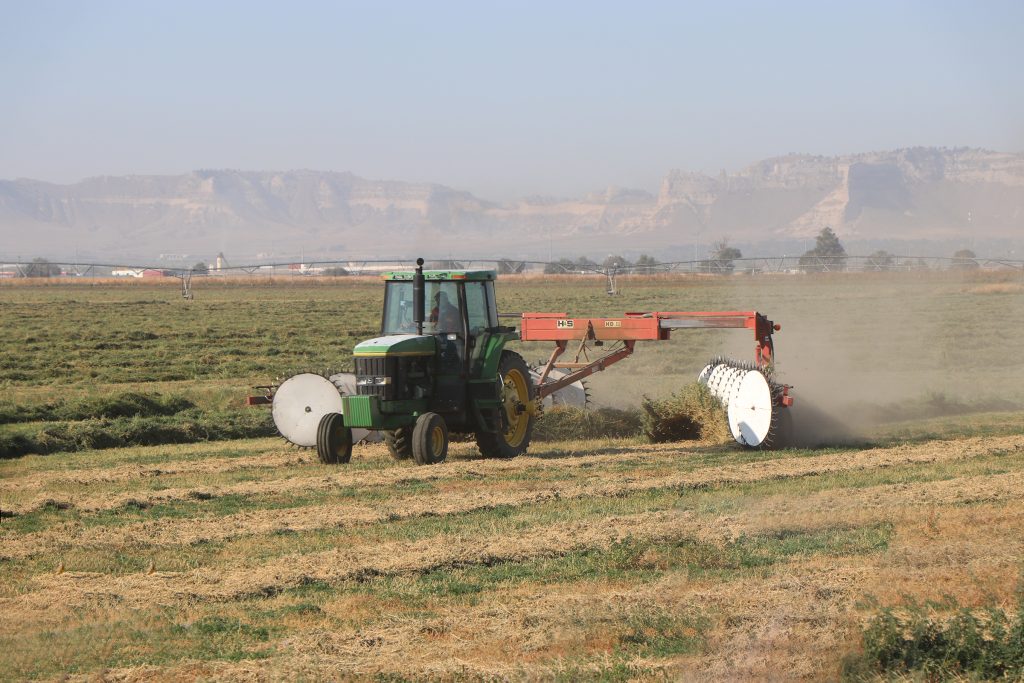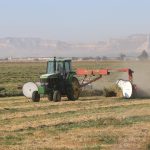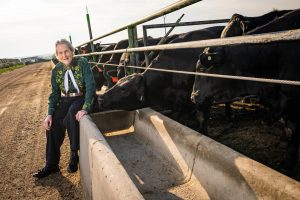Newton: Farmers must make record crops to make money in 2025

Alfalfa
TRAVERSE CITY, Mich. – Crop farmers will have to experience record yields to make any money this year, a prominent agricultural economist said here last week at the American Sugar Alliance’s International Sweetener Symposium.
“We have to make a record crop to make any money. This year, folks are looking forward to having a record yield,” said John Newton, executive head of Terrain, an economic consulting service offered by AgCountry Farm Credit Services, American AgCredit, Farm Credit Services of America and Frontier Farm Credit.
“Every single input category is more expensive today than what it was five or six years ago,” Newton added. “The challenge that we have today is that the input costs are not going back down. The input costs remain elevated, they remain steady.”
Newton, a former chief economist for the Republicans on the Senate Agriculture Committee, noted that the low prices for feed have helped the animal sector.
The current situation is “a tale of two farm economies. If it walks off the farm you have good margins, but if it is a crop the margins are tight,” Newton said.
Farm income totals $182 billion in 2025, but $42 billion of that is government payments; without them, income would be flat, he said.
Farm credit institutions have continued to increase loans to farmers while commercial banks have pulled back, Newton said.
With uncertainties ranging from President Trump’s trade policies, reductions in regulations, the question of whether the Federal Reserve will reduce interest rates, potential farm labor deportations, to the upcoming Make America Healthy Again report, Terrain finds that conditions often change before the organization can put out a report, Newton said.
Macroeconomic indicators, such as the debt-to-cash ratio, the debt-to-asset ratio and the debt-to-equity ratio, “mask what is happening in the crop sector,” he added.
Although land values remain near record highs, the values and cash rents might go down, he said. Equipment and other capital purchases have “slowed dramatically,” he added.
The adverse effect wage rate, which determines how much farmers must pay foreign farmworkers under the H-2A program, is up 54% nationwide since 2016, although it has not risen that much in the Plains states, according to slides Newton showed.





